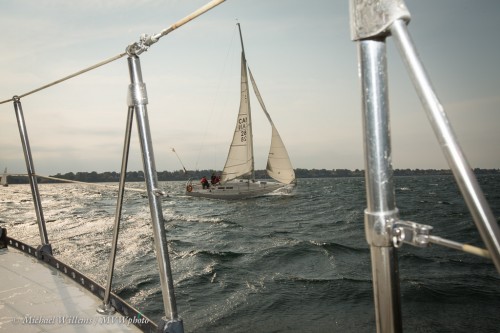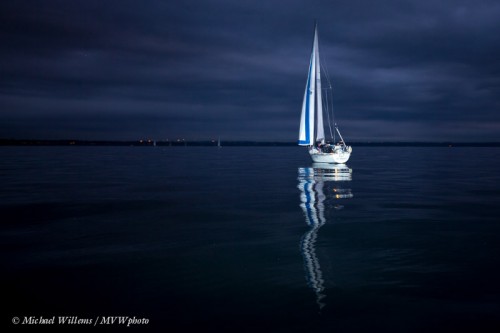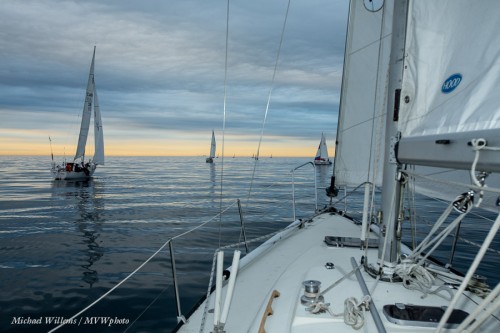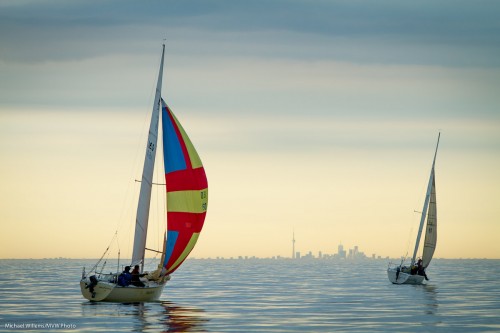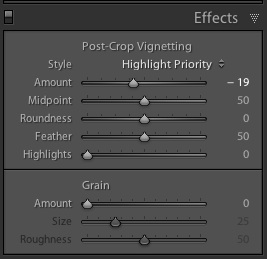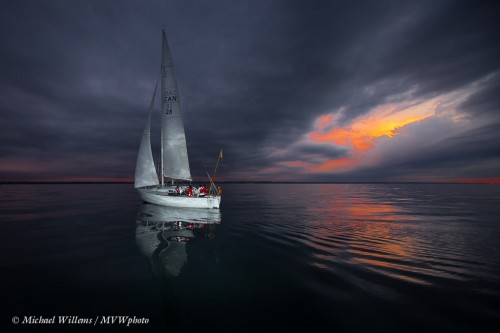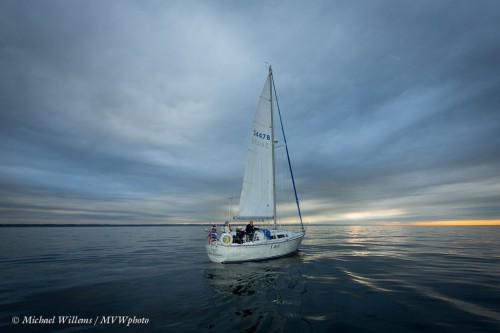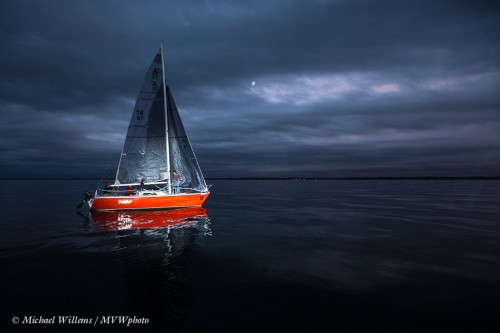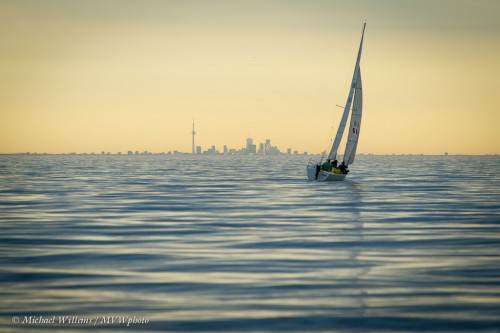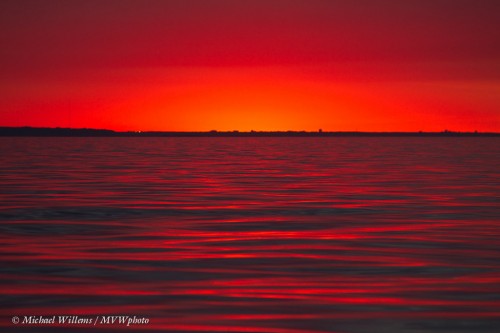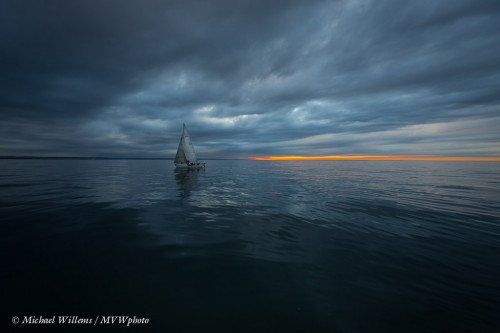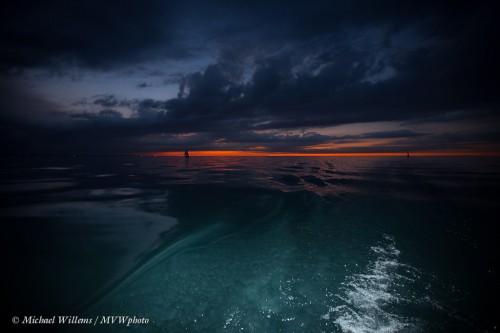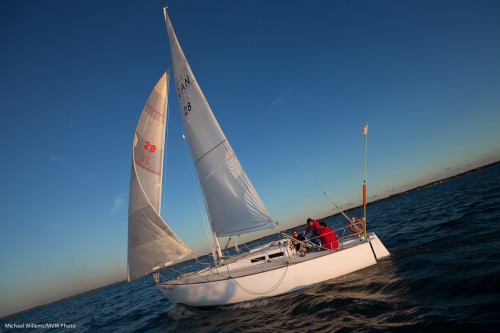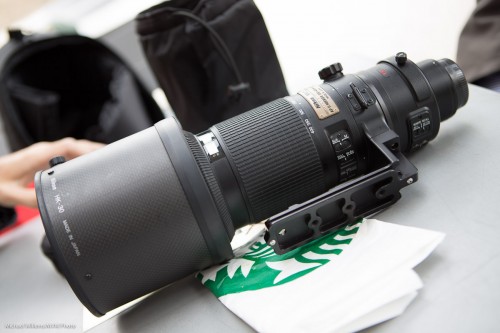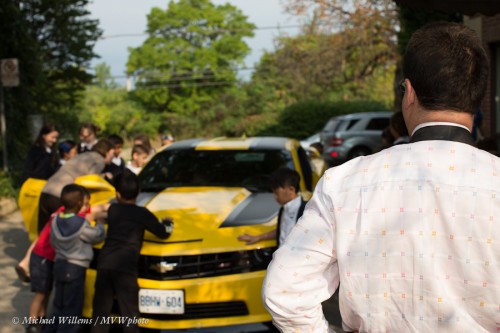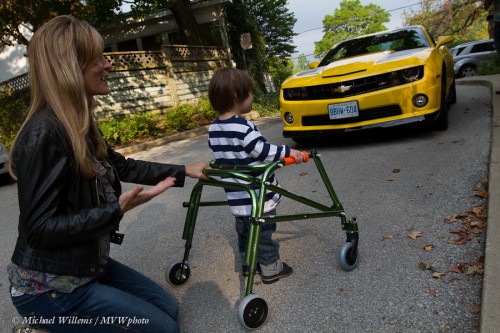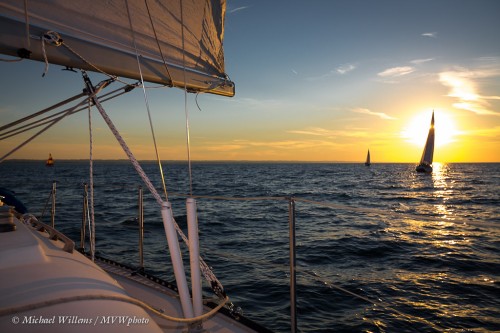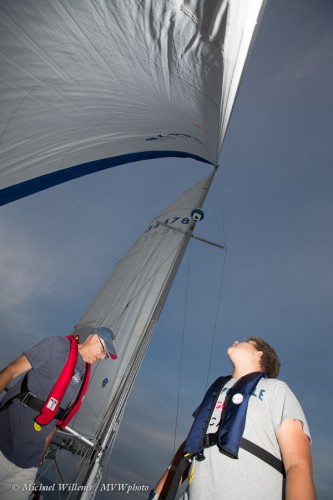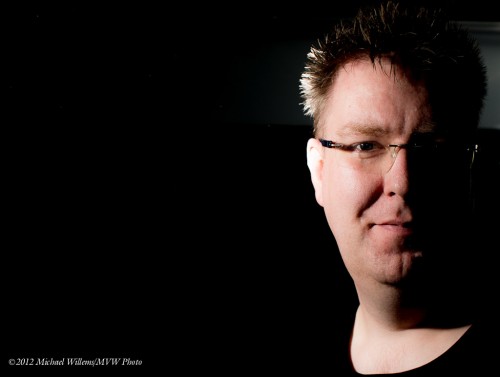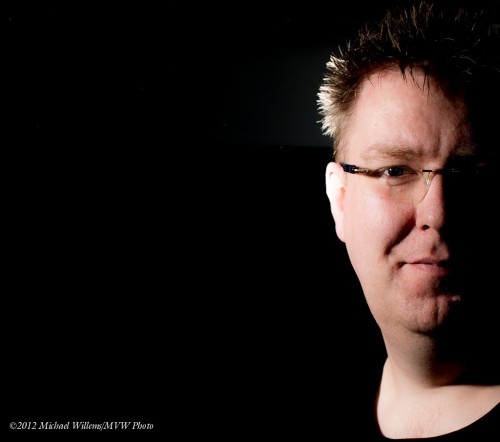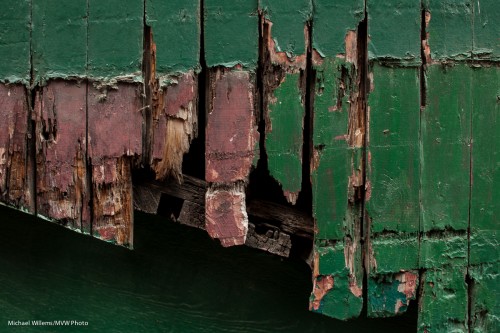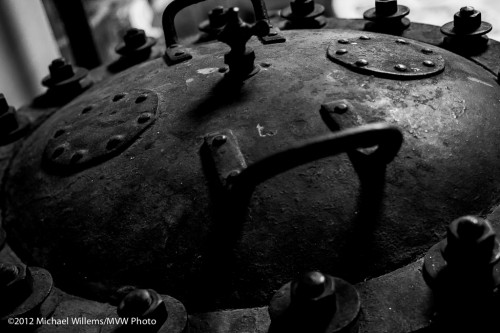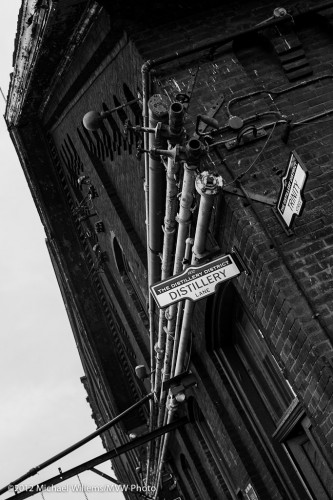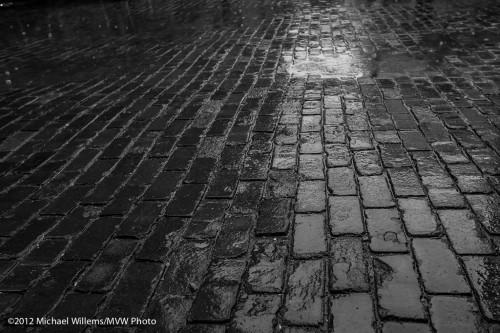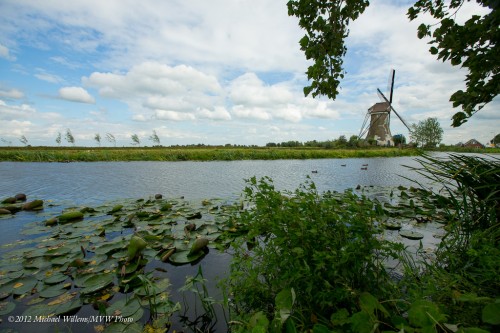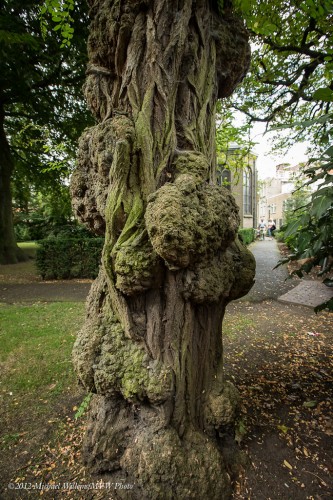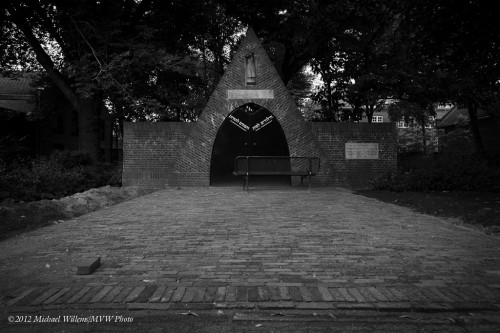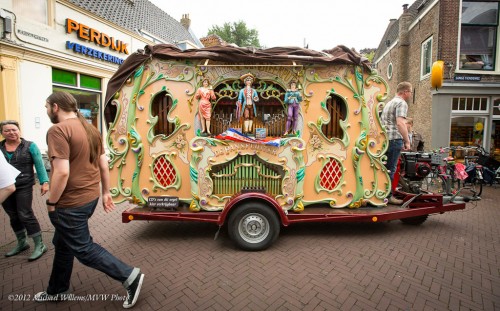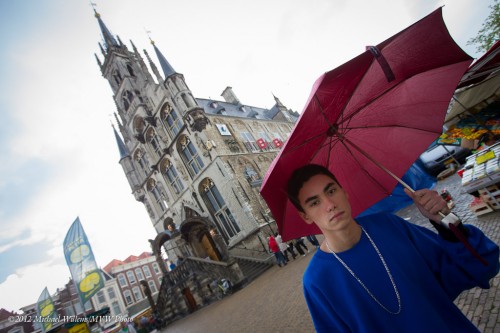A few things work very well in composing images. I shall reiterate a few of them here, using recent photos:
First, framing. It is often a good idea to frame the object you are shooting. Use overhanging trees. A window frame. Or get even more creative, like here:
Not that every frame leads to a good picture – but some do, so learn to spot them.
Another technique that we often like: use reflections. Like here, since water is often a good source.
What did I use in the picture above? Yes, my speedlight. On camera, and zoomed in to 125mm, even though the lens is wide. And as you see, I did not use the rule of thirds in the vertical sense: because I wanted to get the reflection in.
There there’s “close-far”. Use a wide lens and get close to something in order to show depth:
And one more picture just for fun:
That images uses the above, plus it uses the background in order to tell a story.
There’s more – like the use of colour, and simplifying. A bit of thinking goes a long way in composing your shots!

